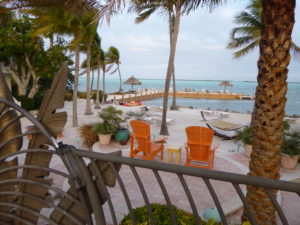

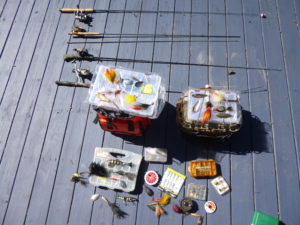
When your fishing, your moving, thinking, bending, casting, walking to your location and if your hooking up with scaled or unscaled critters, your burning calories.
Of course hunting and other sports burn more calories, just as brisk walking does too, but it turns out just about anything you do out in the outdoors on a sustained minute by minute basis, burns that fuel you have stored.
So, its Sunday today and I’m heading out behind my home to our bass pond for some fly fishing activity. Or maybe casting with my new/old reel I bought at a yard sale yesterday to try it out. Its not that I don’t have about 90-reels, its just I love to sell duplicate reels and gear on ebay, so I can buy more gear at yard sales-boy do I have a two car garage that just hasn’t seen a car in ages!!
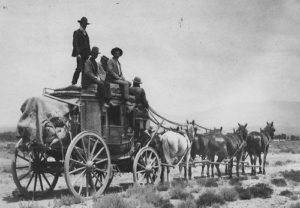

AmericanPressTravelNews–4/26/17 News Release—-Contact with nature is an important part of growing up and linking Americans to one another; competing priorities and other factors impede getting outdoors.The findings from an unprecedented national study of Americans’ relationship to nature reveal an alarming disconnection, but also widespread opportunities for reconnecting. The results are prompting nature conservation, environmental education and outdoor recreation leaders to rethink how they work to connect people with nature.“The Nature of Americans National Report: Disconnection and Recommendations for Reconnection” reveals important insights from a study of nearly 12,000 adults, 8- to 12-year-old children, and parents, and provides actionable recommendations to open the outdoors for all.
Americans encounter a number of society-wide forces disconnecting them from nature. Americans face competing priorities for their time, attention and money. They live in places that often have more concrete than green space. It is increasingly normal to spend little time outside.
Despite these challenges, there is opportunity. Americans of all backgrounds recognize that nature helps them grow healthy, be happy, and enjoy family and friends. Adults and children enjoy their time in nature. They feel affection for nature, are attracted to its beauty, appreciate its resources, and value its role in intellectual and spiritual development.
Restoring Americans’ connection to nature requires overcoming the gap between interest and action.
“The Nature of Americans National Report” details recommendations for restoring Americans’ connection to nature, including:
The core premise of these recommendations is that connection to nature is not a dispensable amenity but, rather, is essential to the health, economic prosperity, quality of life and social well-being of all Americans.
The Nature of Americans is led by DJ Case & Associates. It builds on the late Dr. Stephen R. Kellert’s research on the importance of contact with nature to human well-being. This unique public–private collaborative is sponsored by the Fish & Wildlife Foundation of Florida, the Florida Fish and Wildlife Conservation Commission, Texas Parks & Wildlife Department, U.S. Fish and Wildlife Service, Disney Conservation Fund, Morrison Family Foundation, Wildlife Management Institute and Yale University. More information and reports are available at NatureofAmericans.org.
“This research gives us great insight into the value that Floridians have for the natural world. The findings also show us the barriers we must surmount to ensure everyone experiences nature’s benefits. The Nature of Americans reinforces our commitment to bring people and wild places together for the long-term health and well-being of both.”
-Nick Wiley, FWC Executive Director
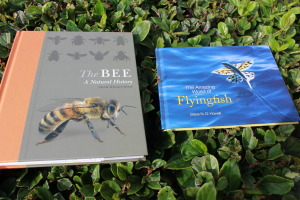
APtravelnews-Book Reviews—November 20th, Port St Lucie, FL.—From Correspondent Bob Epstein, Book Reviews—When I received the following two books from the Princeton University Press, Princeton and Oxford, I knew just from the cover on in, they would make fine educational and enjoyable reads!
“The Amazing World of Flyingfish” by Steve N.G. Howell was an edifying and exciting read. Having an extensive knowledge of offshore fishing myself, and always amazed when a school of flyingfish took off spooked by my moving boat, or by predators such as billfish, dolphin fish and raiding tuna, this fine, 45-page book describes in photography and true researched words of knowledge, by someone even more detailed and excited by these marvels of nature, only enhanced my enthusiasm more when before reading this book, the little bit I did know, blended with my new education of just how incredible these small fish are. In all the oceans, seas and waterways of the world, only Exocoetus volitans named by Carolus Linnaeus in 1758, truly fly, well actually glide, and truly zoom over the waves and ocean swells to escape from being eaten.
Early Mediterranean sailors actually thought that “Exocoetus” meaning; “sleeping outside” in Greek, from the belief that these flyingfish left the oceans to sleep on shore at night. The amazing facts about these fish are embodied in this “little big book of knowledge” about them, and the fascination they have been for airplane designers, to cooks in Barbados that serve them up as the specialty of the Island Nation. There are 90 images, all interesting in their depictions of this, and a few other images of amazing sea creatures.
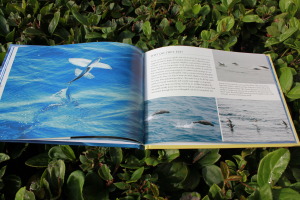
The book sells for $12.95 Check it out @: press.princeton.edu or Google the name: “The Amazing World of Flyingfish.
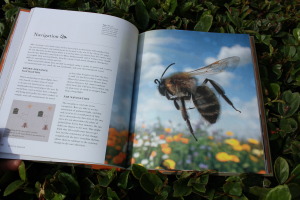
The second book is about The Bee; A Natural History by Noah Wilson-Rich. “To be or not to be, that is the question” and when Shakespeare penned that question in centuries past, I know he did not have the honey bee in mind, but today because of the terrific threat to the Bee’s existence all over the world, this eminently important insect, that gives you the very fruits of the vine and tree, (BIBLICAL: “THE LAND OF MILK & HONEY”), the flowers of the field and forest and so much more is in great danger of disappearing altogether.
“Earth is home to 20,000 bee species, ranging from flourescent-colored orchid bees and sweat bees, to flower-nesting squash bees and leaf-cutter bees. This book is the most accessible source of information about bee species, written for non-scientists by some of the world’s leading bee experts and researchers. Beautiful art- work compliments and clarifies the text, which is kept brief enough to cover as much information as possible, while keeping general readers engaged. If you eat food (ha) you need to know about bees. This little critter pollinates fruit, veggies and seed crops that we humans need and rely on to survive. Bees are dying at an alarming rate. Understanding the complex interactions between bees and agriculture, environment, and humans influences how we address food supply questions, agricultural economics, and development in the U.S. and elsewhere in the world!” Just remember too, no bees, no flowers! The book has 224 pages, in hardcover it is 8 x 9, and costs $27.95. Check out Google with The Bee A Natural History by Noah Wilson-Rich, with contributions from Kelly Allin, Norman Carreck & Andrea Quigley.